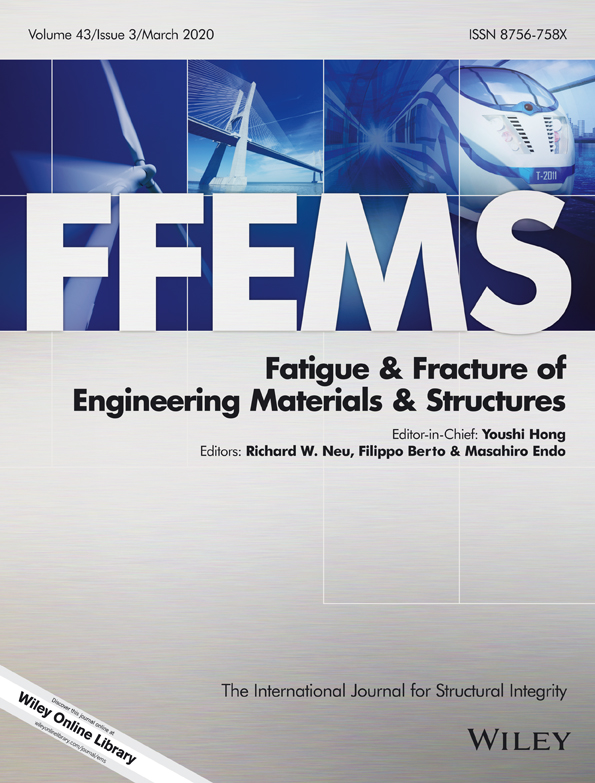Accounting for microstructure sensitivity and plasticity in life prediction of heavily loaded contacts under rolling contact fatigue
Abstract
Probabilistic models employed for life prediction in the bearing industry (Lundberg-Palmgren [LP], Ioannides-Harris [IH], and Zatersky models) utilize stresses calculated based on Hertzian assumptions that ignore plastic deformation occurring under high radial loads. However, it is known that subsurface plasticity produces significant deviations from elastic calculations in contact dimensions, pressure, and stresses. In this work, we show that accounting for plastic deformation leads to significantly more accurate life predictions than the general practice of utilizing elastic stress fields. Conventional probabilistic models are also restricted to utilizing stress measures at the macroscopic scale, while the onset of damage under rolling contact fatigue (RCF) manifests on a much smaller scale. By utilizing Dang Van criterion (DVC)—a multiscale high cycle fatigue criterion—in a probabilistic framework to account for stresses at multiple length scales, we propose a formulation that is second in accuracy only to the Zaretsky model, thus outperforming LP and IH models. Thus, we improve the accuracy of conventional probabilistic models by accounting for plastic deformation, while also presenting a new microstructure-sensitive probabilistic formulation that betters their predictions.




